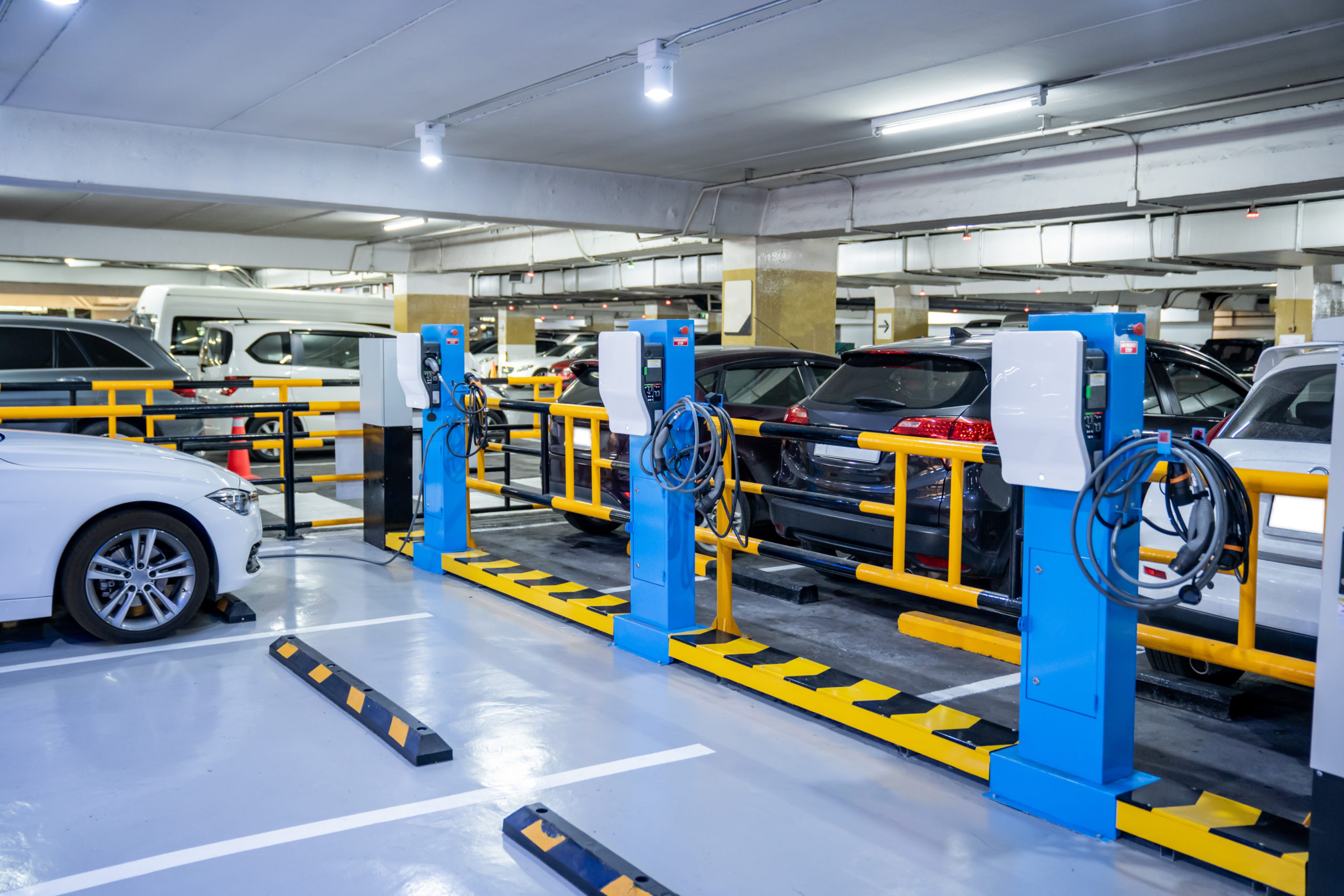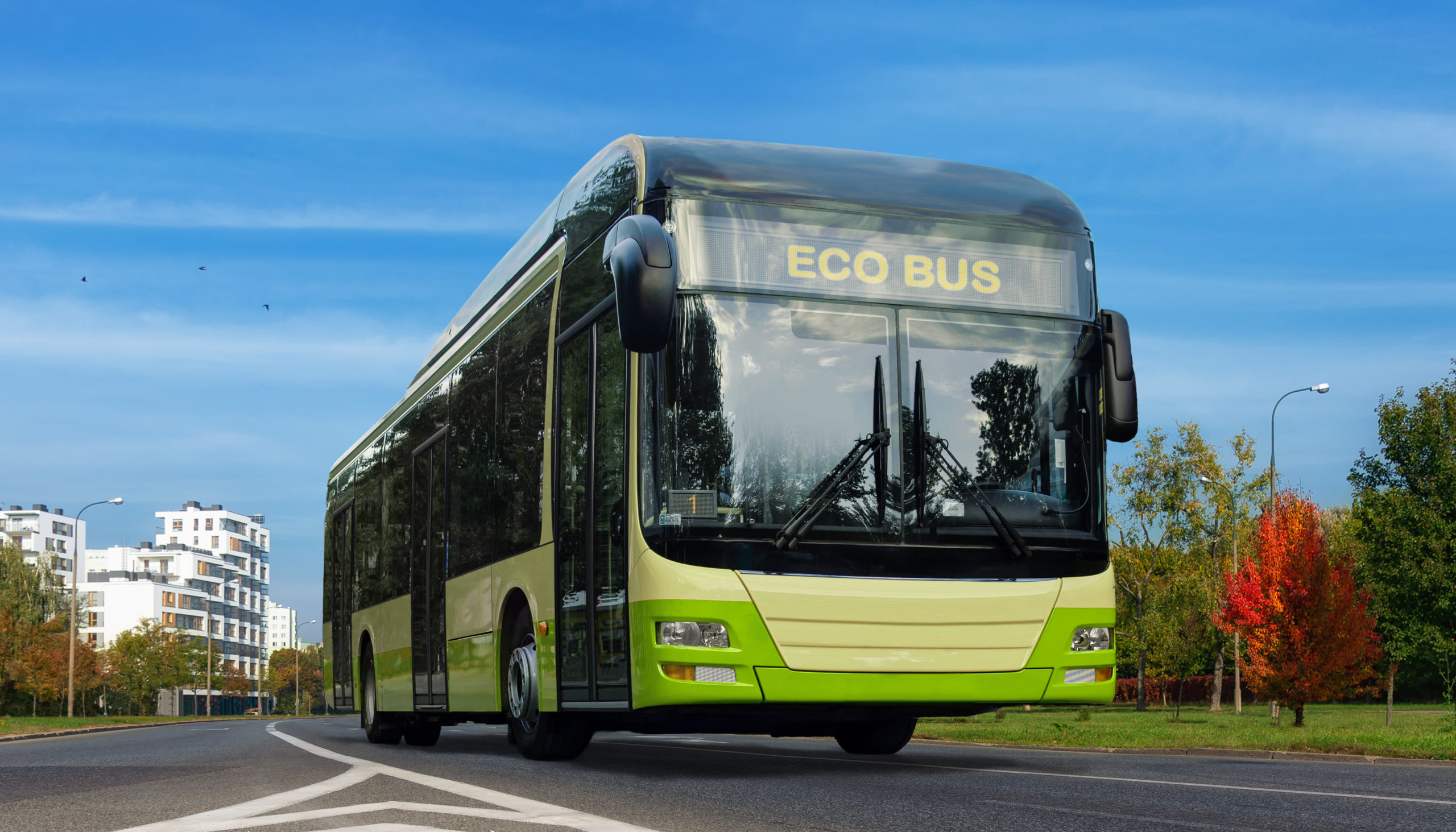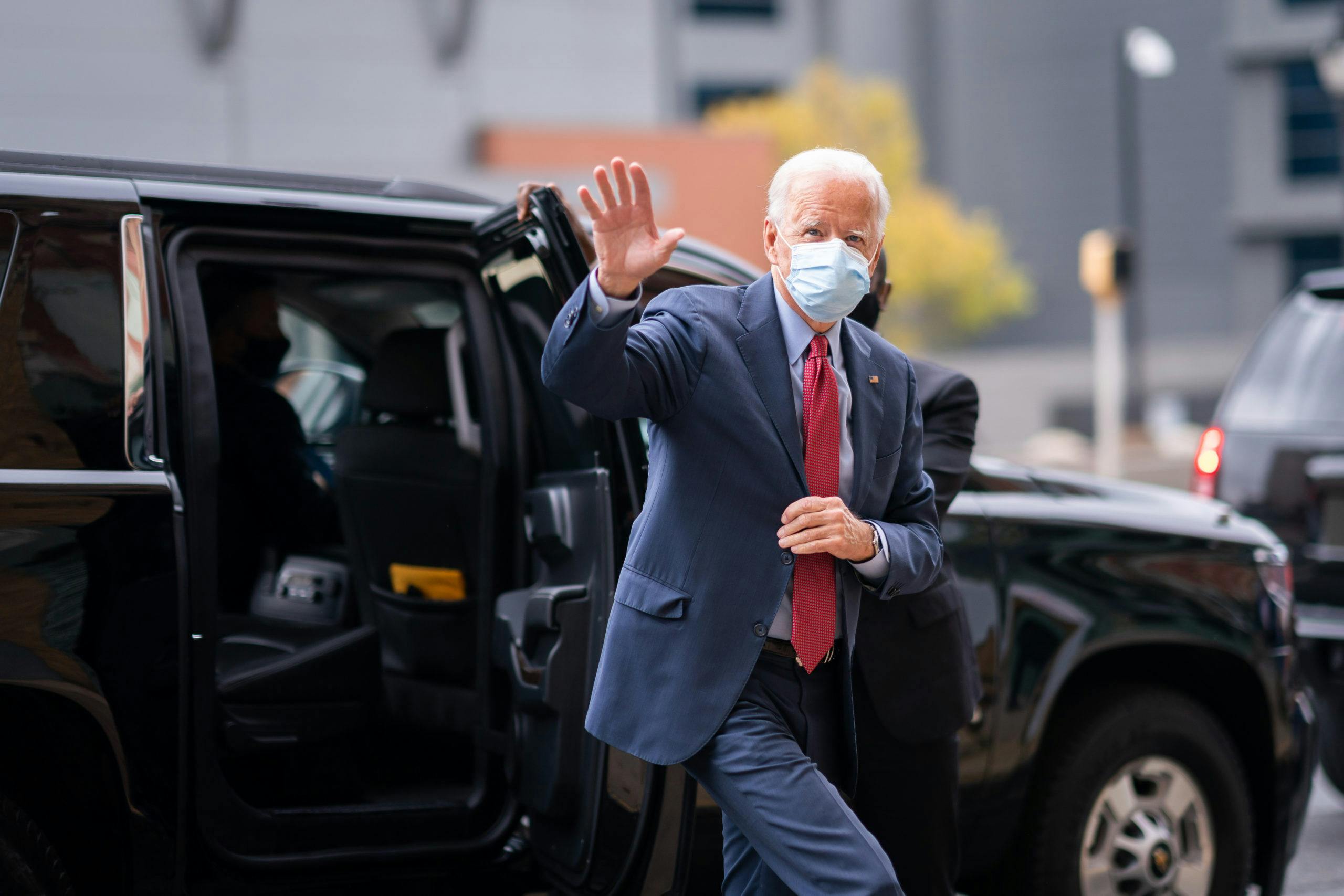The results of the January 5 Georgia Senate runoffs have given a major boost to President-elect Joe Biden’s plans for transportation reform. With both Congress and the White House in the hands of Democrats, transformative legislation on electrification, urban mobility and transportation infrastructure looks promising.
Just as promising is Biden’s selection of former mayor of South Bend, Indiana, Pete Buttigieg, for transportation secretary. When Buttigieg was competing for the White House himself, one of his campaign promises for a Vision Zero initiative revolved around overhauling the gas tax and increasing biking, walking, and public transit offerings.
“This raises the chances that there will be a big stimulus or recovery bill, and that creates a lot of near-term opportunity,” Beth Osborne, director of advocacy group Transportation For America, told Bloomberg CityLab.
SEE ALSO: Presumptive future Secretary of Transportation eyeing EV vehicle and charging expansion
Biden will be inheriting a ruptured country and a recession economy from President Donald Trump. Given the financial constraints of governments dealing with the pandemic, pushing a transportation agenda might not seem like a priority to some policymakers. However, Biden’s $2 trillion clean energy and infrastructure campaign proposal doubles as an economic stimulus and a climate action agenda, addressing the most pressing needs of a country in convalescence to both create jobs and drastically reduce carbon emissions. Additionally, the Moving Forward Act, passed by the House in July last year and making its way to the Senate for a vote, includes $100 billion for public transit and $1.4 billion for alternative fuel charging infrastructure.
These proposals are far more likely to be more successful with a Democratic-majority Senate than they would have under GOP Senate leader Mitch McConnell. Investing this heavily in climate-friendly transportation is a major shift from the norm in America where most transportation revenue comes from gasoline purchases that then largely goes to building and fixing roads to drive on. Combining both the Moving Forward Act and Biden’s clean energy and infrastructure plan would shift considerable money away from ICE transport modes and toward active and public transit modes.
This raises the chances that there will be a big stimulus or recovery bill, and that creates a lot of near-term opportunity.
Included in Biden’s plan is a proposal to spend $1.7 billion over the next decade to buy electric cars, trucks, and vans for government vehicle fleets. He also pledges to create 500,000 electric vehicle charging stations nationwide, part of his vision to reinvent the American transportation system from the factory line to the EV charging station. Biden is also planning other major investments in the auto industry, setting a goal of creating 1 million new jobs in everything from supply chains to infrastructure to parts and materials. According to his Plan to Ensure the Future is Made in All of America by America’s Workers, Biden plans to use all the powers that be to fuel U.S. electric vehicle production in order to rival China, which is currently on track to command more than four times the global market share than the U.S.

Producing more EVs and building charging infrastructure is an important step, but Biden also plans to encourage consumers and manufacturers to go clean, offering incentives like rebates to trade old combustion engine cars with newer American-built cars.
To solidify America’s place as a leader of electrification, Biden also aims to compete with China to create better battery technology and support domestic production capabilities.
“A specific focus of Biden’s historic R&D and procurement commitments will be on battery technology — for use in electric vehicles and on our grid, as a complement to technologies like solar and wind — increasing durability, reducing waste, and lowering costs, all while advancing new chemistries and approaches,” according to the proposal.

When it comes to public transportation, Biden promises zero-emissions public transit for every city of more than 100,000 residents, which includes light rail, electric-powered transit buses, and bike and pedestrian infrastructure. His proposal calls for all new American-built buses to be zero-emissions by 2030, spurring the demand for manufacturing. A renowned Amtrak mascot himself, the president-elect also hopes to spark the “second great railroad revolution” by electrifying the rail system.
In March 2020, the Trump administration significantly rolled back Obama-era fuel economy standards. A Biden presidency will almost certainly roll those forward again, a move that Biden hopes will not only save consumers money and cut air pollution, but also accelerate the adoption of EVs.
Finally, the president-elect has also promised to bring the U.S. back into the Paris Climate agreements on carbon emissions, the global pact forged six years ago by 200 nations to avoid the worst impacts of climate change. President Donald Trump pulled the country out of the agreements in November as part of his 2016 campaign promise. By rejoining, Biden will have to promise more rigorous standards than previously agreed to by President Obama, including a recommitment to decarbonize the nation’s passenger air fleet.
Although Democrats do have the upper hand now, passing a major infrastructure package like the Moving Forward Act or Biden’s clean energy plan will face hurdles, especially as policymakers are concerned with health care, the fall out of the pandemic, and reversing Trump’s many tax cuts. Much rests on Biden to push for a transportation-focused agenda for climate change.
“If the administration pushes for a lot of change, it makes it easier for the Senate to support change,” Osborne said.

